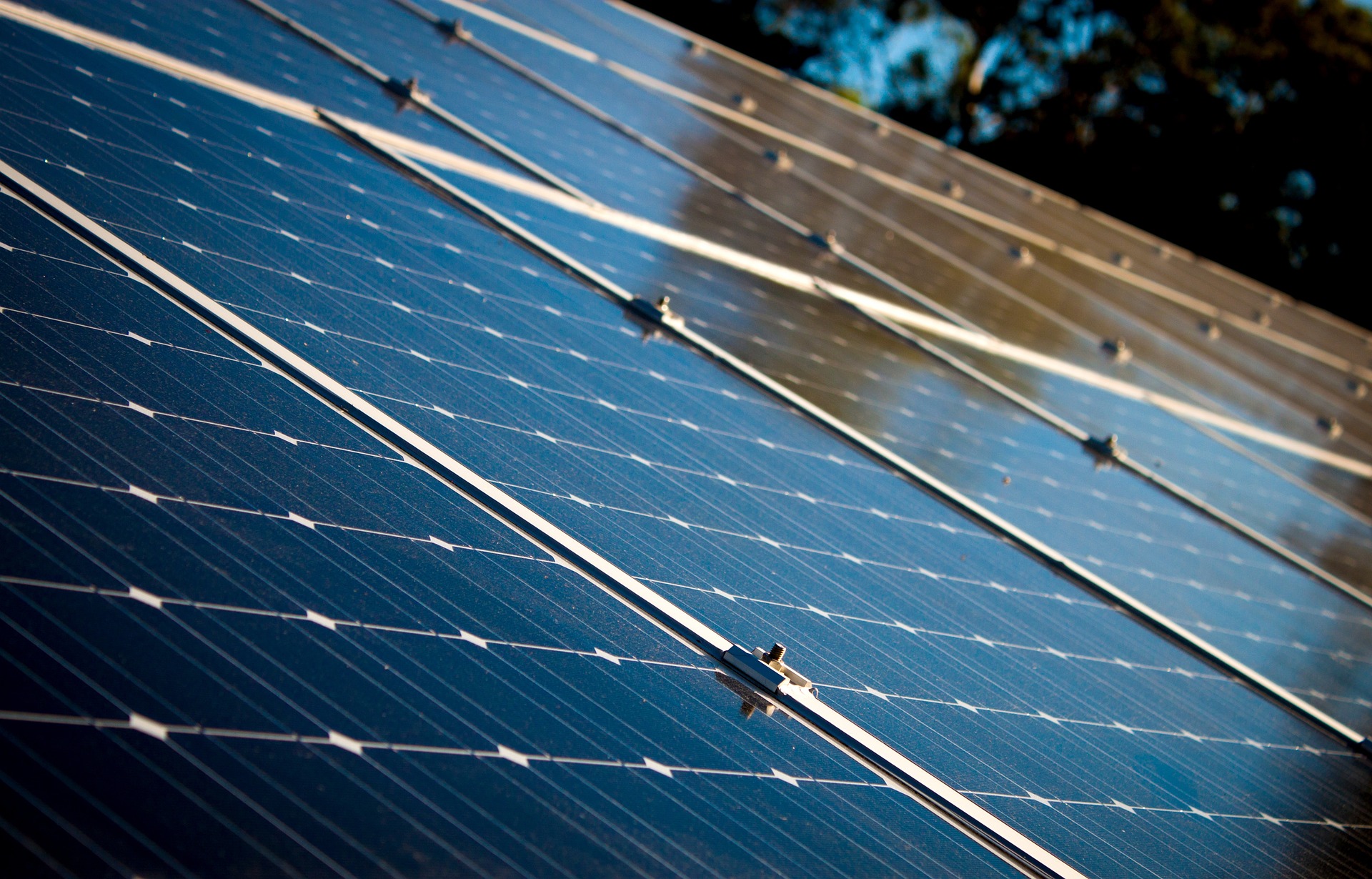Shedding Light on Transparent Solar Panels: Tech's New Vanguard
Transparency and solar panels may sound like distinctly different categories. Not anymore. Transparent solar panels are slowly breaking onto the tech scene, seamlessly merging aesthetics and functionality. These “see-through” panels might just catapult solar technology to unprecedented levels by proving that comfort doesn't necessarily compromise efficiency.
When Light Meets Technology: A Background Story
The concept of converting sunlight into electricity is nothing new; photovoltaic technology has been around for years. Significant progress has been made over time—from generalized silicon-based solar panels to more technologically advanced thin films, which gradually evolved over decades of research and innovation. Considerable advancements in organic photovoltaic cells (OPCs), dye-sensitized solar cells (DSSCs), and organic-inorganic halide structures brought us closer to the previously untenable idea of transparent solar panels.
Breaking the News: Latest Developments in Transparent Solar Panels
Current solar technology, while effective and practical in many scenarios, often meets with resistance when aesthetics clash too severely with the purpose. Industry strides towards creating solar panels that blend effortlessly within urban landscapes might be the solution. The unveiling of ‘invisible’ cells has evolved from papers published in respectable scientific journals to enticing existence on architectural glass manufacturers’ catalogues. Guiding principles for transparency concern the bands of light our eyes don’t see—infrared and ultraviolet, for instance.
Companies like Ubiquitous Energy are already claiming to mass-produce their version of invisible photovoltaic cells—and the first of their large-scale installations soon, starting with a pilot in a Canadian software developer HQ. The transparent solar panel curtain wall system used for the project could further encourage wide-scale incorporation into residential and commercial sectors.
Monetary Matters: Worth Large Investments?
Given the bleeding-edge nature of this technology, accurate budgets are not yet available. As economies of scale kick in and production prices drop, assessing cost versus savings will become clearer. Initial investments are inspiring optimism—Germany awarded €4 million to a consortium working with see-through solar cell window-based projects in September 2020.
What Lies Ahead: Assessing the Impact
Transparent solar technology’s promising potential extends its prospect well beyond homes and commercial buildings—it can be applied in vehicle windows, greenhouses, and even tech devices. Moreover, mass integration could encourage a greater populace to dabble in social responsibilities alongside foresighted architectural luxuries, ushering in a revolution in both consumer behaviour and urban landscapes.
Combining structural glass utility with sustainable, functional, profitable energy production could pave the way to a crucial tertiary form of energy generation(module, building, urban). It more closely aligns energy generation with consumption, addresses power grids’ intermittent issues, aid restoring devastated locations with proficient reinforcements, and perpetuates ancillary commercial services adoption—ultimately nurturing a decentralized energy ecosystem.
Transparent, efficient, widely usable—the pioneering triadic appeal of this new breed of solar panels embed themselves remarkably within the convergence of technology and everyday life.
Summarizing this game-changing venture accomplishes a convergence of engineering, architecture, electronic sciences, and step-kind advancements steering our collective KNOWN prognoses into the domain of bold homelessness.





